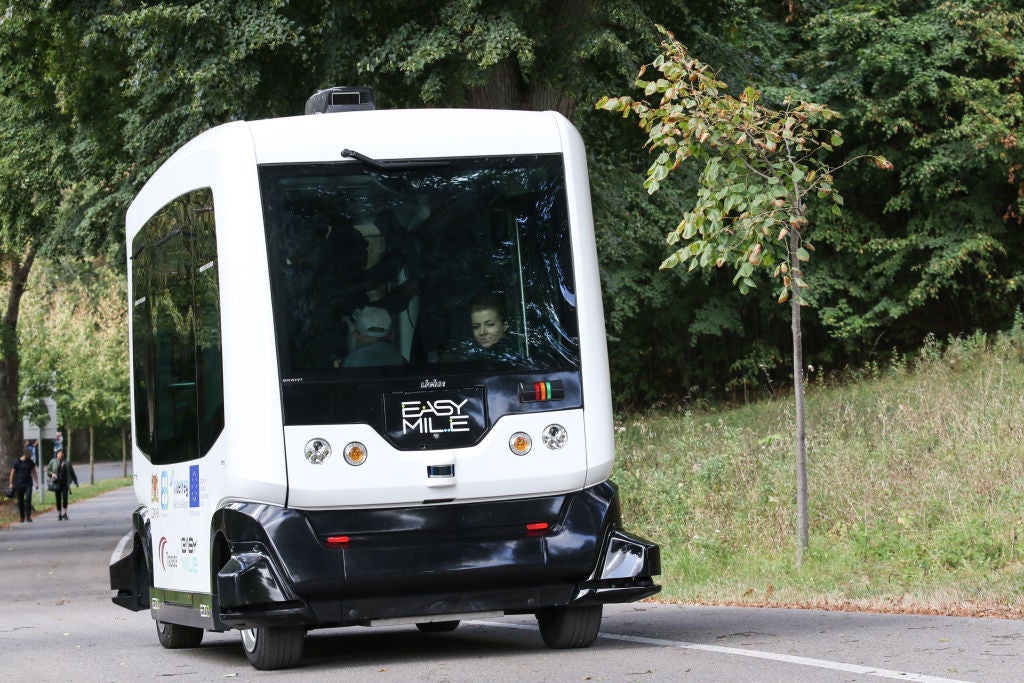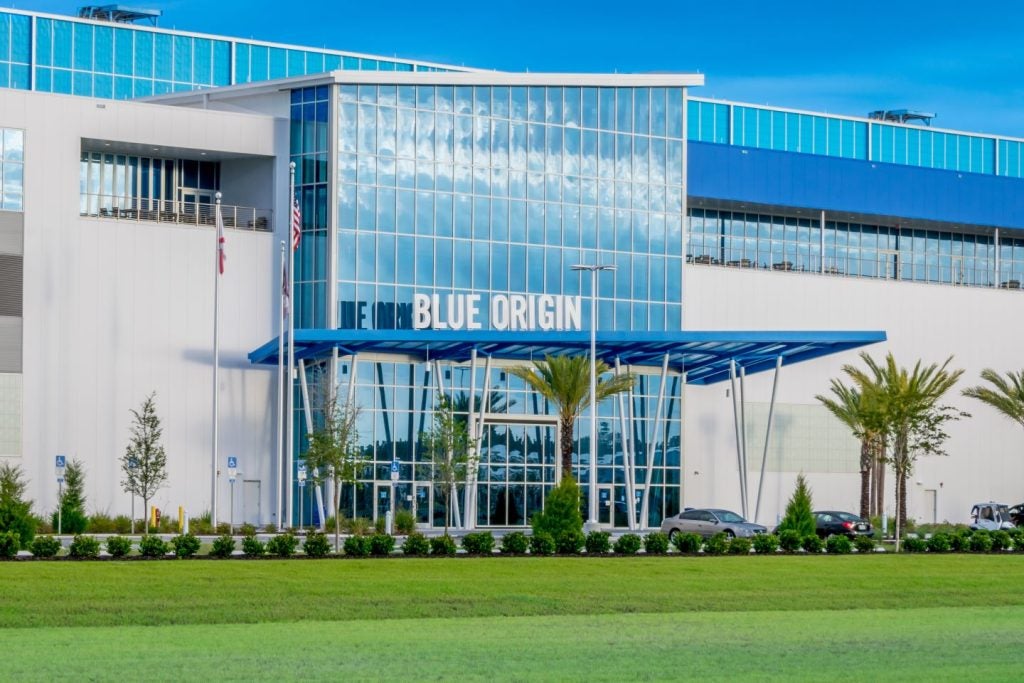
Visiting EasyMile’s headquarters as part of a press trip to Toulouse, along with a group of journalists, one of the first questions concerned safety: what would happen if someone were to step in front of one of their driverless shuttles?
The shuttles were roaming the dystopian paths of the private site where EasyMile is based in Toulouse, the former military base of Francazal. There is not a single driver in sight.
Benieke Treverton, head of communications for the group, is reassuring that the shuttles’ first response to any sense of danger is to stop and that, in fact, the public tends to be quite daring and has a tendency to jump in front of the shuttles often.
Later that day, while riding in one of their driverless shuttles, the EZ10, we got to witness a member of the public intentionally walking in front of the shuttle, which did indeed stop before it was even remotely dangerous. The person seemed to know it would stop and was trying to get on board, which the shuttle did not allow as it only lets people on at the designated stops.
This particular shuttle became the first driverless vehicle in Europe authorised to operate at Level 4 (without any human attendant on board) in mixed traffic and on a public road, which takes people from the parking lot to the Oncopole medical campus in Toulouse.

US Tariffs are shifting - will you react or anticipate?
Don’t let policy changes catch you off guard. Stay proactive with real-time data and expert analysis.
By GlobalDataEasyMile’s careful steps toward shaping the driverless scene
Achieving milestones such as the shuttle at Oncopole is the result of being consistent since the company was founded in 2014 and “regulating the regulators”, explains Treverton.
“We are not only playing within the guidelines of the regulations around autonomous driving, but we are also helping to drive that conversation," she adds. "We are shaping the industry.”
For example, to get the authorisation for the Oncopole shuttle project, it took about six to nine months of working with the French government and various regulators to get the blueprint to be allowed to launch it.
Since its foundation, EasyMile’s technology has driven autonomously in over 300 locations and more than 30 countries.
As well as their “people mover solutions”, such as the shuttles, EasyMile also commercialises TractEasy, an autonomous tow truck for transportation at factories and industrial sites such as airports.
“Autonomous vehicles on private industrial sites are coming out of the shadows and accelerating as the regulation is easier, the sites more straightforward,” explains Treverton.
Autonomous driving has been surrounded by hype and buzz, and people tend to picture sleek black cars going down a freeway, she says, but the kind of solutions EasyMile has around the world are what is real right now: “cute little shuttles” that are a lot slower but “are actually out there, transporting people”.







